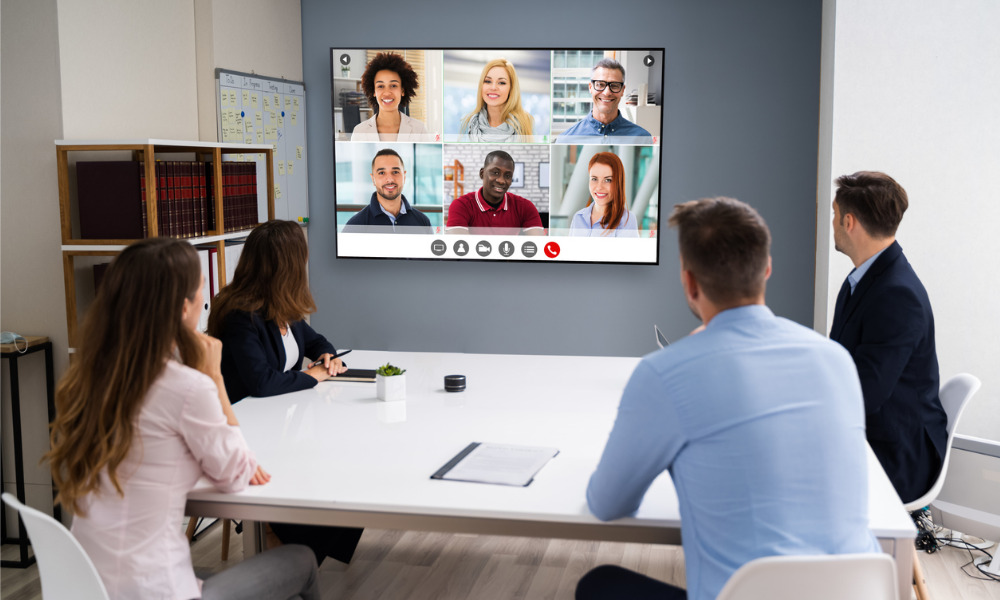
Like hybrid working, blended learning is here to stay

Michael Hui, director of education platform EdventureCo, shares his insights on a modern approach to L&D.
Even in challenging times, education and training cannot wait. With employees expressing hesitation about jumping back to face-to-face interaction, blended learning provides an avenue to deliver quality learning and development without compromising the health and safety of learners.
As the name suggests, blended learning offers a blend of traditional face-to-face classroom teaching methods, such as lectures, group discussions, and group work, and online learning platforms. Blended learning has been offered as a learning modality since the dawn of the internet. However, the concept became more popular in the late 1990s, especially with the increased accessibility of the internet and other digital technologies from home.
Blended learning is not only employed in formal education but can be incorporated in employee training and upskilling as well – with courses conducted 100% online, at employer sites and offices, and even inside campuses.
Read more: How to encourage employees to learn at work
In digital communities, continuing education goes beyond the classroom, turning chat rooms into spaces for learners to share their experiences; access news and insights curated by industry experts; and participate in webinars and other e-learning opportunities.
With blended learning, however, it is important to remember that you are not just swapping out face-to-face teaching with virtual learning. Rather, the learning modalities support each other to yield better outcomes.
Despite the promises of blended learning, it still comes with its own set of inherent challenges. One is the perceived lack of human connection, as well as the lack of personalisation to meet each learner’s unique needs. And, amid the COVID-19 pandemic, reliance on virtual instructor-led training programmes has also led to “Zoom fatigue” for both trainees and instructors alike.
If you’re looking to give blended learning a shot, here are best practices we have learned and implemented over the years to make blended learning work for you and your workplace:
First, determine the areas of the business where blended learning is needed. Is it just for employee onboarding, or the annual team building? How about for quarterly retraining and digital upskilling? Or is it for longer term professional career development?
Additionally, you must determine which employees need in-person training and which can do with a purely virtual training. Critical health and safety training, emergency, and disaster response training, as well as some trade certifications might need face-to-face engagements due to certain physical demonstration requirements.
As online instruction is often facilitated through a learning management system (LMS), you must also determine which LMS to use. All the lessons, activities, and materials needed to complete a course will be housed in this LMS. As such, both instructors and trainees must have access to the same system.
Remember to meet your employees where they are at in their training journey. Their learning must be weighed against and balanced with their other commitments, such as their employment and home responsibilities.
Read more: How to improve digital learning post-COVID
Web-based learning environments must make lessons and materials available to trainees on-demand. This will help promote self-paced and programme-specific learning whenever trainees feel most comfortable. Additionally, organisations can include other enhancements to the learning environment such as interactive training, online forums, and unlimited access to the recordings of seminars and workshops.
Whether you are doing blended learning in-house or with the help of a training provider, it is best to tap into a network of accredited trainers with relevant and current industry experience.
Learners absorb lessons better in relaxed and accessible environments. The success of blended learning in the workplace depends largely on the organisation’s ability to design a learning environment that is right for their employees, all while taking advantage of the technologies available at their disposal.
With the latest advancements in digital technology, there is now a myriad of ways to enhance learning environments. You can integrate user interface/user experience (UI/UX) design principles, as well as add variety to the learning modules through a balanced mix of audio-visual and static text-based materials. You can also gamify the learning experience by adding milestones and leader boards into the program.
Despite challenges, the COVID-19 experience has given training providers ample opportunities to rethink processes and methodologies to keep people trained and produce better L&D outcomes. As we all continue to navigate a post-pandemic reality, blended learning is here to stay, becoming the gold standard of agile and responsive training and development across all types of organisations.